Select category
Default Category
Art
Academic tutoring
College application consultant
College essay editor
Cover letter and resume writer
GED test preperation
Homeschool teacher
Language translation
Online Englsh tutor
Private school application consultant
SAT tutoring and preperation
Bookkeeper
Business plan consultant
Certified professional accountant
Customer service phone operator
Data analysis
Executive headhunting
Financial auditor
Language translation
Live chat customer support services
Messenger service
Office support services
Online course consultant
Payroll procesing service
Project manager
Virtual assistant
Dog Walking
Mobile pet grooming
Mobile veterinary services
Pet food and supplies delivery
Pet Sitting
Mobile car mechanic
Mobile car wash and car detailing
Vehicle inspection service
Windshield repair service
In-home hair stylist
Life coach
Makeup artist
Online dating consultant / profile editor
Personal wardrobe stylist
Elder companion and care provider
In-home physical therapist
Private nursing service
Audio Visual technician
Bartending services
Catering services
Conference marketing manager
Corporate event plannner
Custom baking
Event DJ
Event furniture and equipment rental
Event photographer
Event Videographer
Fundraising event coordinator
Lighting designer
Live video producer
Photo booth rental service
Reunion coordinator
Trade show producer
Valet parking service
Wedding planner
Air Conditioning installation and maintenancee
Appliance repair
Carpet installation service
Handyman service
Home entertainment installation
Home inspection services
Home maintenance equipment rental
Interior and exterior painting services
Lawn care
Locksmith services
Packing and unpacking service
Plumbing service
Pool servicing and maintenance
Porcelain repair
Power washing service
Professional Organizer
Wallpaper installation service
Contract drafting and review
Legal process server
Mobile notary public
Paralegal services
Private investigator
Dry-cleaning delivery and pick-up
Errand-runner
Grocery shopping and delivery
Home cleaning service
Home decorating
House sitting
Personal shopper
Private car service
Resaurant delivery services
Seamstress or tailor services
Window washing
Acupuncturist
Childrens fitness
Chiropractor
In-home masseuse
Meal delivery service
Meditation Instructor
Nutrition consultant
Personal Chef
Personal fitness trainer
Private Yoga Instructor
Self Defense Instructor
Affiliate sales and marketing consultant
Brand ambassador
Brand photographer
Content marketing strategist
Content writer
E-book ghostwriter
Editing and proffreading service
Email marketing manager
Facebook ads strategists
Graphic designer
Instagram marketing strategist
Internet Research
Marketing copywriter
Marketing voice producer
Podcast producer
Presentation and proposal designer
Public relations consultant
Sales training
SEO strategist
Social Media manager
Website designer
Birth photographer
Birthday party character appearances
Child care
Childrens entertainment services
Childrens party planner
Diaper delivery
Doula and birth coaching services
Home baby proofing consultant
Lactation consultant
Nanny and au pair placement service
On-demand babysitter
Overnight doula service
Private music teacher
App developer
Computer repair service
Data management consultant
IT systems consultant
Mobile IT support service
Online network installation and maintenance
Online security consultant
Printer and copy machine maintenance
Software installation service
Adventure tours
Beach equipment rentals
Corporate retreat coordinator
Cruise booking agent
Golf club cleaning
Local tour guide
Rental property management
Ski or Snowbarding instructor
Travel agent
Travel concierge services
